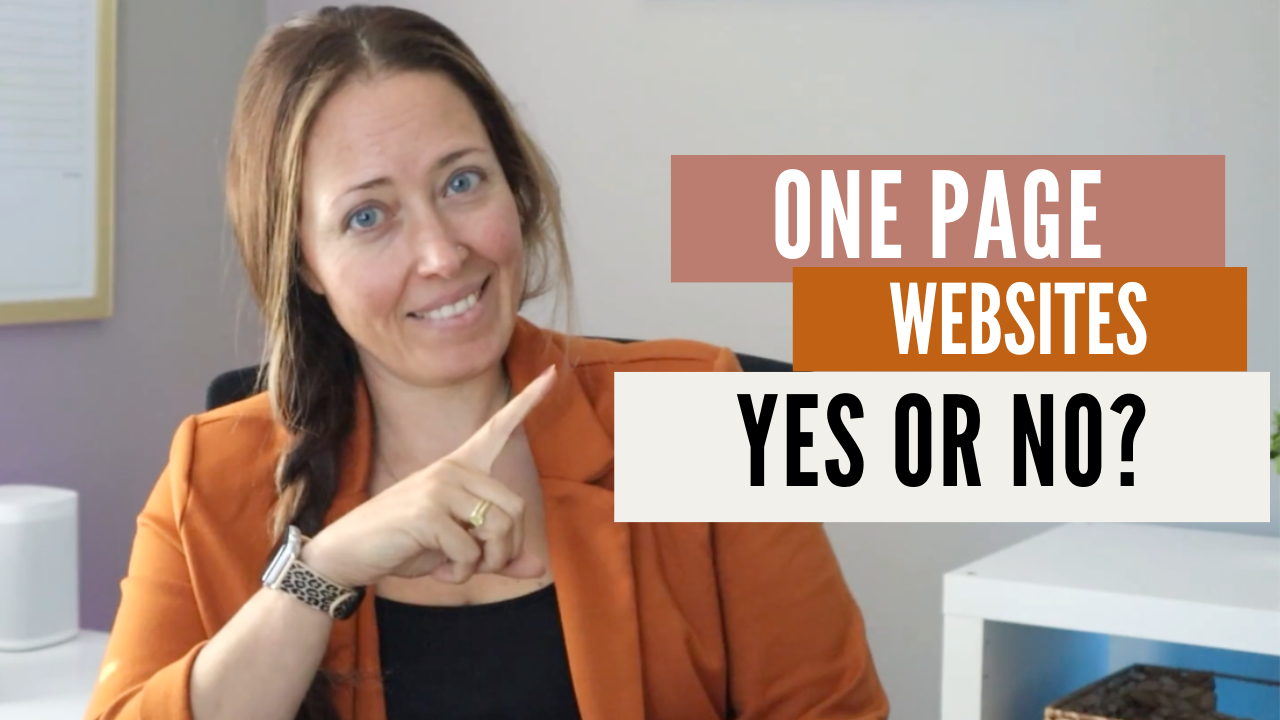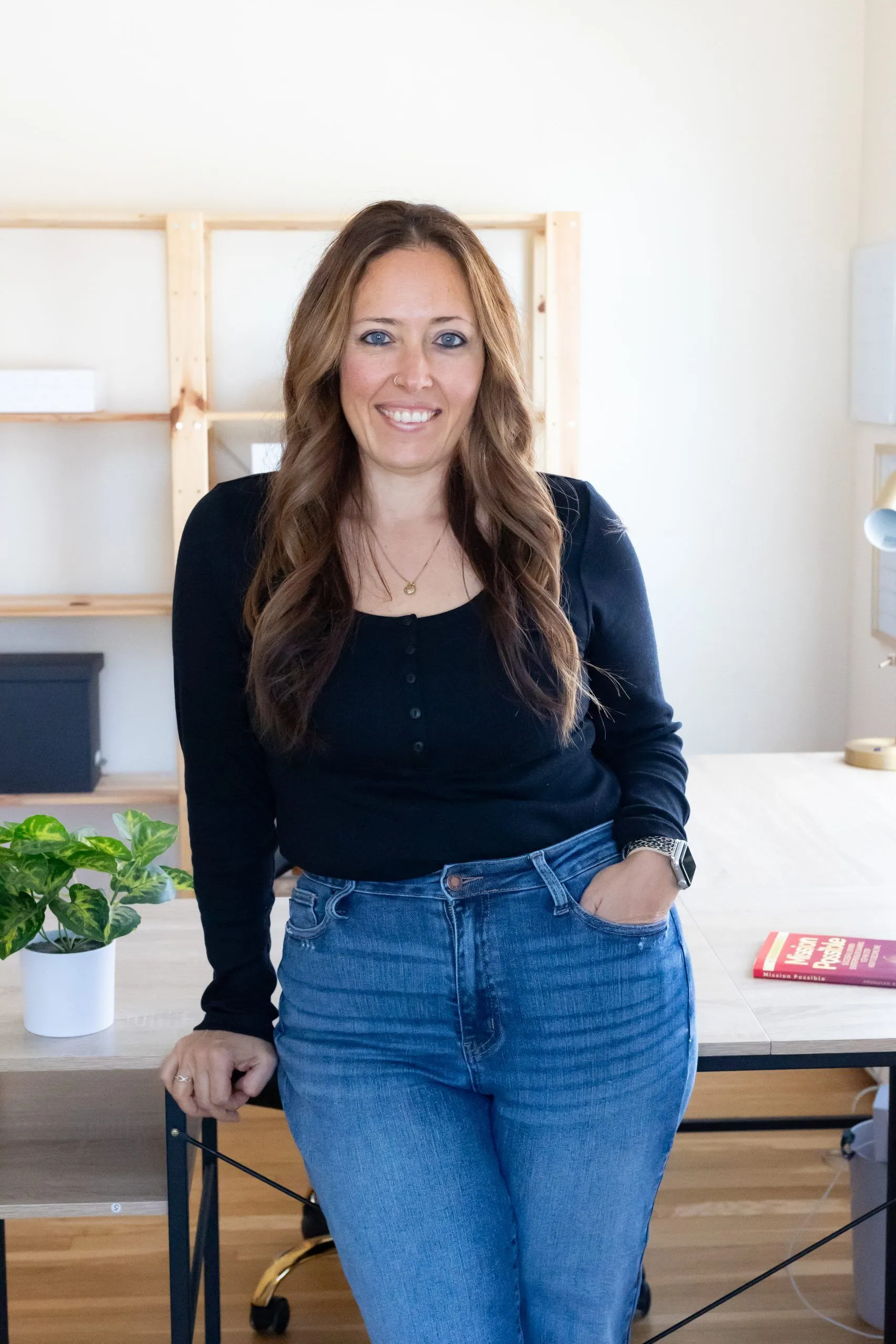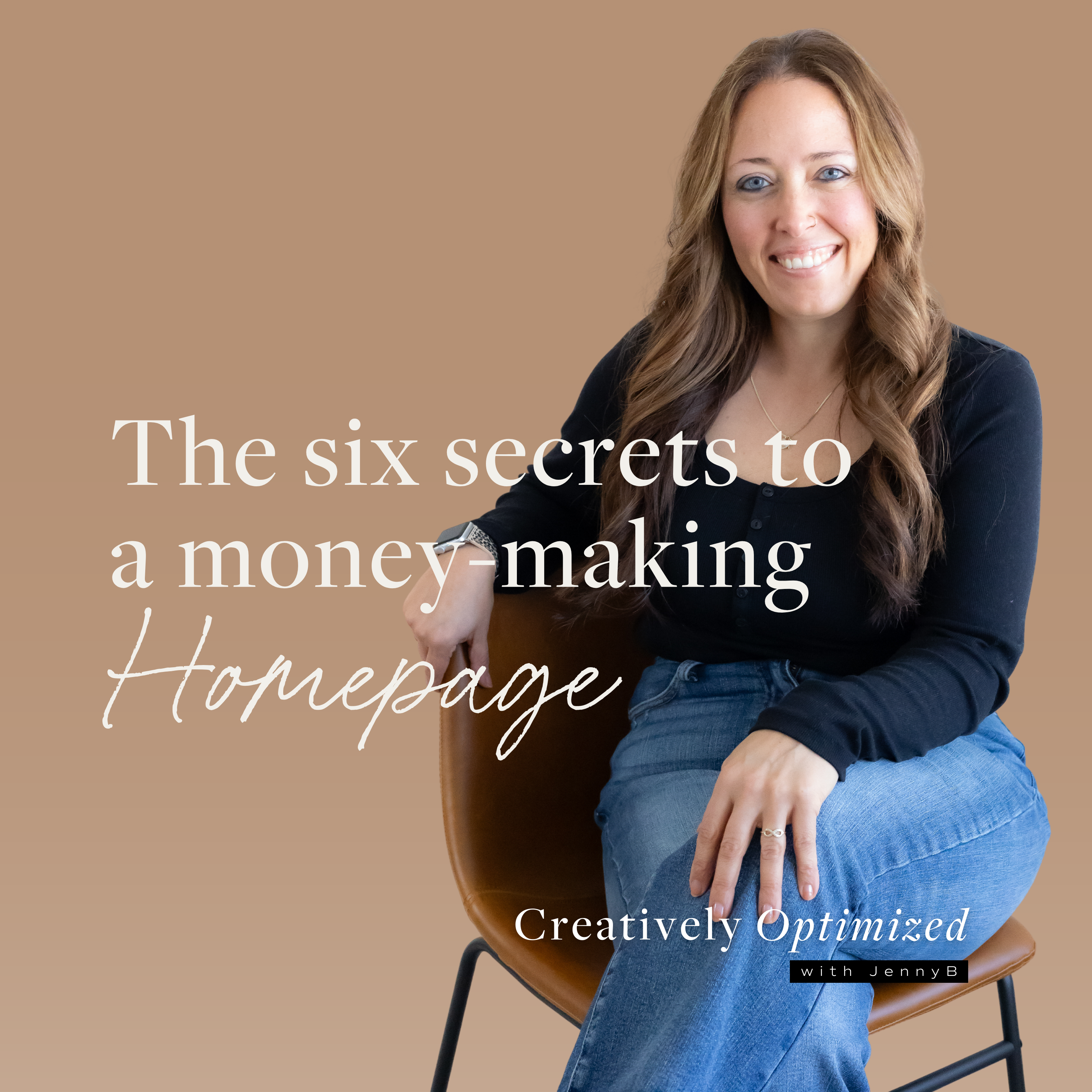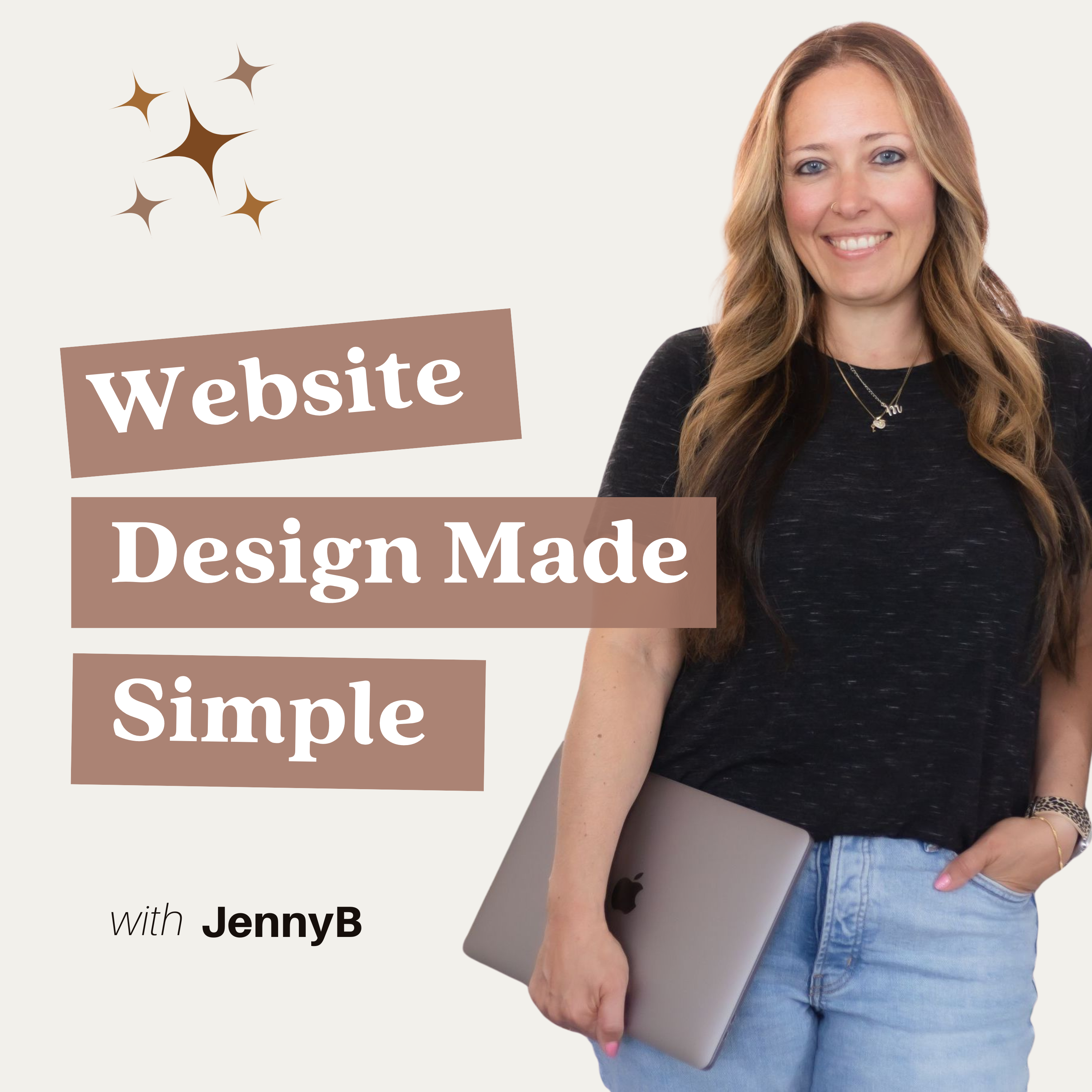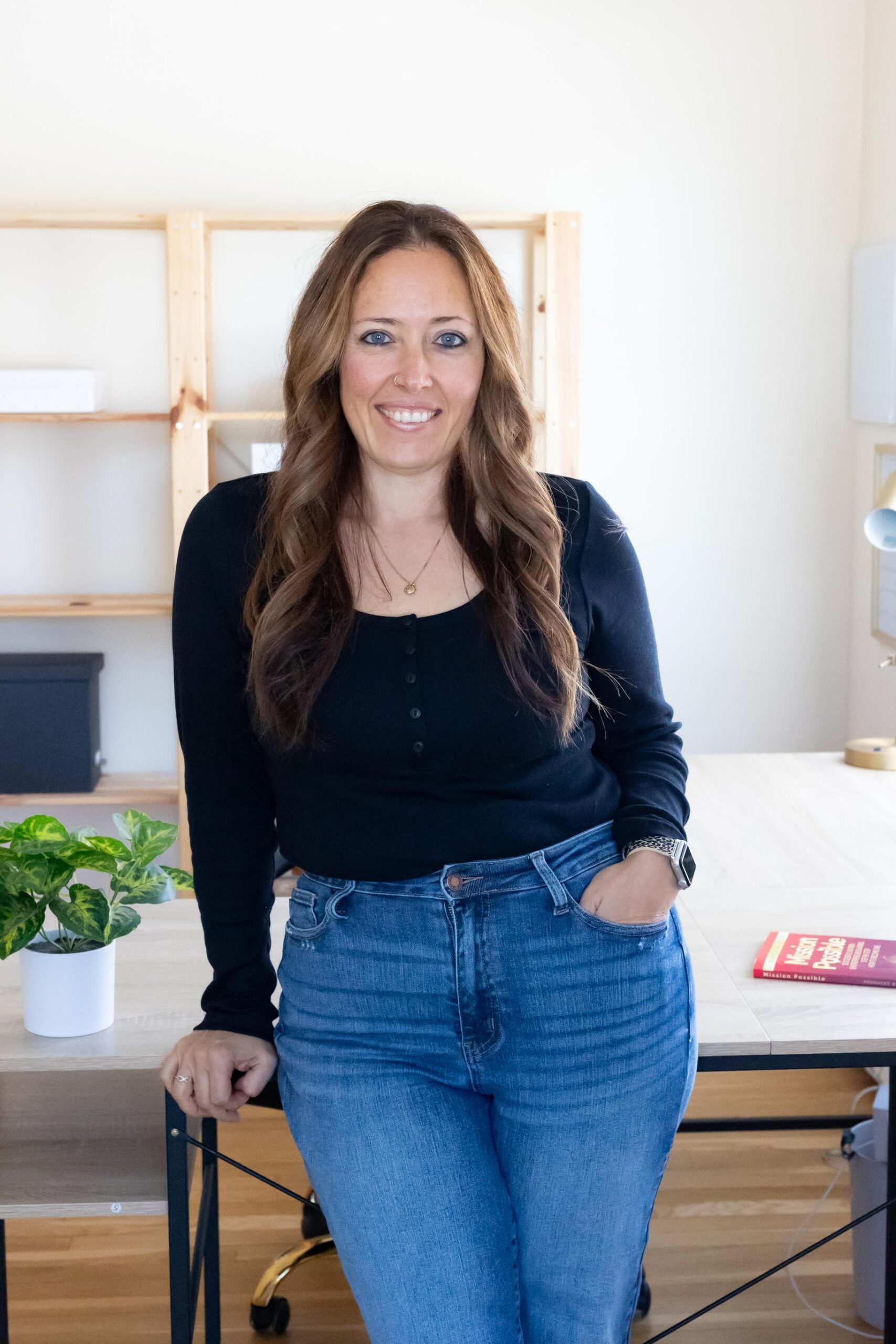I want to dive into the popular web design trend of one page websites. Are they the right fit for your business? What are the pros and cons? I’ll break it all down in this article.
Table of Contents
ToggleWhat is a One Page Website?
First off – what exactly is a one page website? As the name suggests, it’s a website that fits entirely on one page, rather than having multiple pages. The one page contains all the typical website elements like headlines, text, images, calls-to-action, and more. It scrolls vertically rather than requiring clicks between pages.
Advantages of One Page Websites
This one page approach has become a hot trend recently. When designed well, a one page site can create a very focused, immersive experience for visitors. It allows you to walk them through your entire story or pitch in one seamless scroll.
For starters, it’s great for businesses who don’t have an extensive amount of content to share. If you just need to briefly cover the basics of who you are, what you do, and how to contact you, a single page site is perfect. You avoid having too much empty real estate across multiple pages.
Creative agencies, freelancers, and consultants often do well with a one pager that highlights their portfolio, services, and client testimonials.
A one page site is also a lower budget option compared to paying for a full multi-page site. You can get online with a streamlined message while you build up funds for something larger down the road.
Newer businesses just starting out also benefit from the simplicity and flexibility of a one page website. It lets you establish your brand while allowing room to grow and evolve the messaging over time.
Speaking of simplicity – that’s another advantage of a one page design. It forces you to be very decisive and intentional with the content so visitors immediately see and absorb the core elements.
Some other quick perks are faster load times, easy navigation, and responsive mobile designs.
Disadvantages of One Page Websites
Now what about the potential downsides? A one page site isn’t right for every business. Here are some things to look out for:
First, if you have a lot of in-depth information, details on multiple products and services, lengthy bios, etc – then condensing that onto a single page can be challenging. You risk an overly long page that overwhelms visitors.
Navigating between sections of a long one page site can also be awkward compared to clicking links on a traditional multi-page layout. Visitors have to keep scrolling up and down which disrupts the flow. Unless using the menu which can utilize anchor links.
One page sites are also a bit trendy right now, so they may come across overly slick versus practical for certain professional industries.
And if other key players in your field have traditional multi-page sites, a one page design might make you look overly simplified.
So in summary – one page websites can be a brilliant choice for some, but not all, businesses. The best way to decide is to carefully analyze your content needs and industry standards.
Tips for Designing a One Page Website
Here are some tips if you do opt for a one page design:
Start by mapping out distinct sections – this will prevent it from becoming one huge block of text. Common sections include an intro headline and subheader, about section, services/products, pricing/contact, testimonials, and footers with social links.
Use clear visual separation between sections – this keeps them from blending together. Some good options are divisive horizontal rules, background color blocks, substantial vertical spacing, icons or illustrations.
Prioritize ruthlessly. Cut any content that isn’t absolutely essential. Be very concise and impactful with your wording.
Break things up with quality graphics, charts, videos or other multimedia elements. This enhances engagement so viewers don’t lose interest scrolling a lengthy page.
And optimize for mobile responsiveness. Given so much web use is now mobile, horizontal scrolling or pinching/zooming is unacceptable. Sections should stack vertically in a logical way on mobile views.
While one page websites certainly aren’t right for everyone, they can be a strategic choice for the correct brand, budget and content needs. Focus on crafting an experience that walks viewers through a concise yet compelling narrative from top to bottom.

